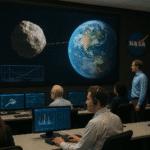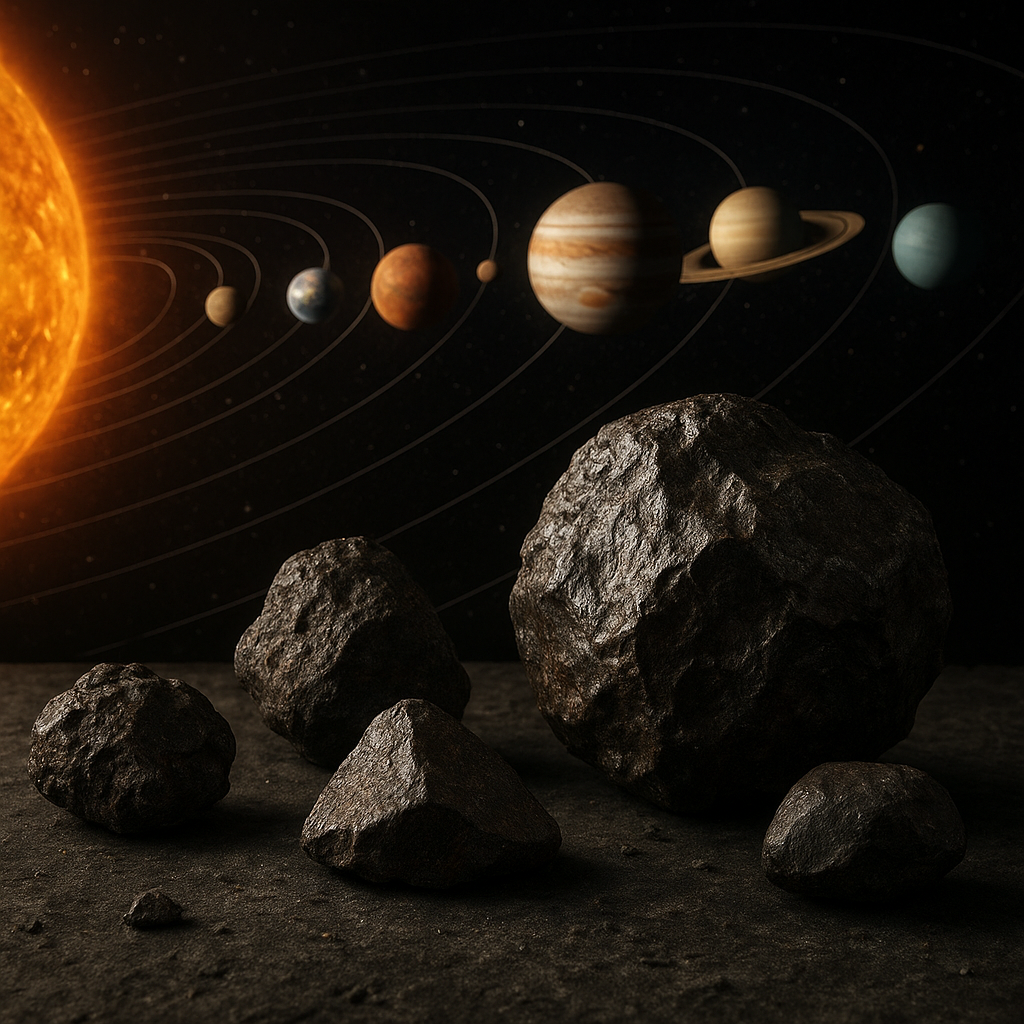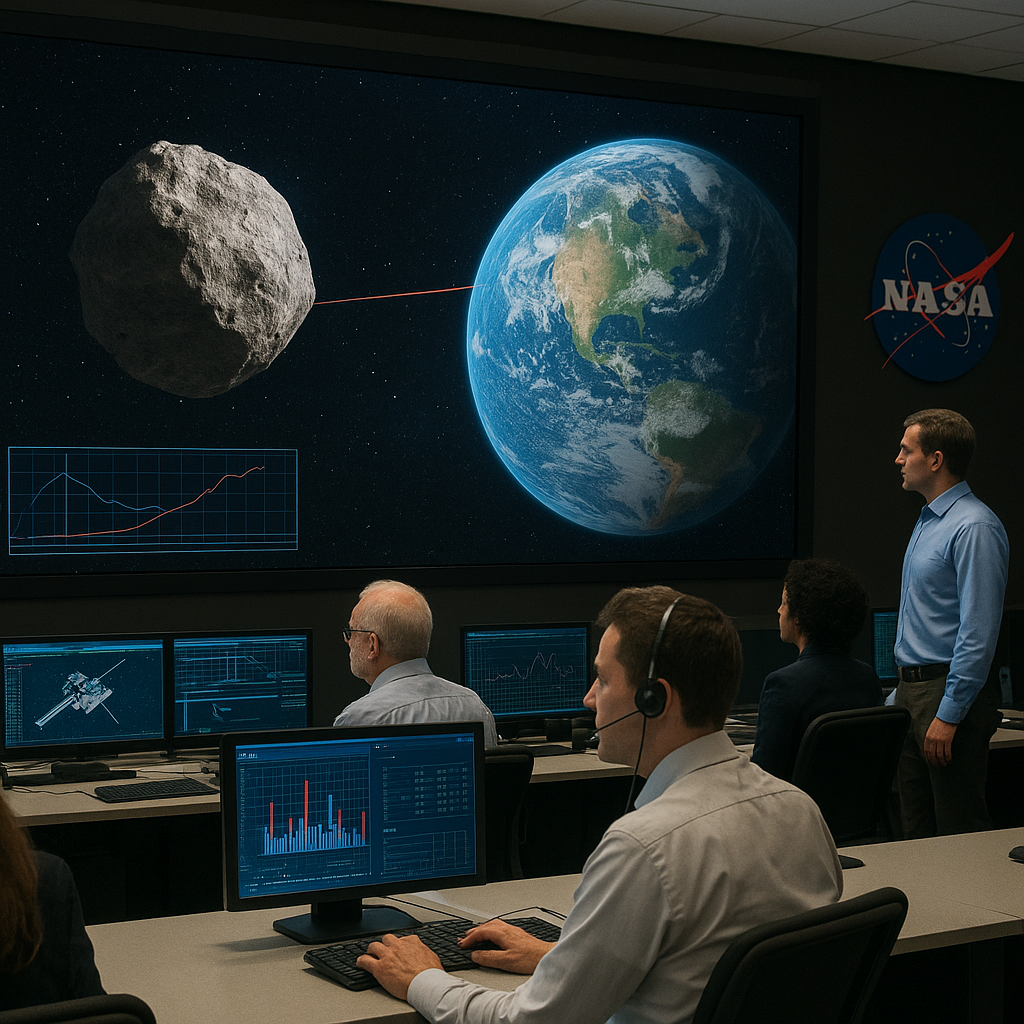Flying across the vast emptiness of space, fragments of rock and metal journey through the void, carrying within them secrets of planetary birth. These meteorites are our ancient messengers, offering a tangible link to processes that shaped the solar system over 4.5 billion years ago. From dusty grains that clumped together in a swirling disk to the molten cores of protoplanets, each meteorite fragment holds a story waiting to be decoded. In this exploration, we delve into how scientists unlock these tales and what they reveal about our cosmic origins.
The Origins of Meteorites and Their Significance
Meteorites originate from parent bodies—asteroids, dwarf planets, or Mars and the Moon—ejected by collisions or volcanic activity. Once freed, they traverse the asteroid belt and beyond, sometimes intersecting Earth’s orbit before crashing into our planet’s surface. Geologists classify meteorites into several major categories:
Classification Categories
- Chondrites: Stony meteorites containing chondrules, the oldest solid materials in the solar system.
- Achondrites: Lava-like rocks missing chondrules, derived from igneous processes on differentiated bodies.
- Iron meteorites: Metallic cores of planetesimals exposed by catastrophic impacts.
- Stony-iron meteorites: Mixtures of metal and silicate, bridging the gap between rocky and metallic bodies.
By studying these groups, researchers piece together the timeline of accretion and heating events. For instance, chondrites preserve the primordial composition of the solar nebula, while iron meteorites reveal details of internal melting and planetary differentiation. Each classification unveils a unique chapter of cosmic history.
Decoding the Composition: Tools and Techniques
Modern laboratories employ an arsenal of methods to probe meteorite specimens at microscopic and atomic scales. Unraveling their chemical and isotopic makeup requires precision instruments and innovative protocols. Key approaches include:
Laboratory Methods
- Mass spectrometry: Measures abundances of isotopes, offering insights into formation ages and nucleosynthetic origins.
- Electron microscopy: Reveals mineral textures and nano-scale inclusions that record shock, heating, and fluid events.
- X-ray diffraction: Identifies crystalline phases, helping reconstruct thermal histories.
- Synchrotron radiation: Non-destructive analysis of trace elements and oxidation states.
Complementing these techniques, high-pressure experiments replicate conditions deep within planetesimals, enabling scientists to validate hypotheses on core formation and metamorphism. By combining multiple lines of evidence, researchers achieve a comprehensive meteorite analysis, linking laboratory findings to astrophysical models.
Revelations About Planetary Formation
The data derived from meteorites has revolutionized our understanding of early solar system dynamics. Chronometers embedded in mineral grains establish a precise chronology of events:
- Formation of calcium-aluminum-rich inclusions (CAIs) marks time zero for the solar system.
- Accretion of chondritic bodies occurs within a few million years after CAIs.
- Onset of core formation in protoplanets driven by radioactive decay.
Moreover, variations in rare earth elements reveal the degree of melting and differentiation experienced by parent bodies. For instance, certain achondrites show depletion of incompatible elements, indicating extensive volcanic activity. Meteorite studies also hint at the migration of giant planets—Jupiter and Saturn—whose gravitational perturbations stirred the primordial disk, scattering debris across vast distances.
Insights from planetary science models suggest that impact processes not only shaped asteroid surfaces but also delivered water and organic precursors to Earth. Carbonaceous chondrites, rich in hydrated minerals and amino acids, underscore the potential role of meteorites in kick-starting prebiotic chemistry on our planet.
Future Missions and the Ongoing Quest
As technology advances, new space missions aim to complement terrestrial analyses with pristine samples straight from asteroids and comets. The Hayabusa and OSIRIS-REx spacecraft have already returned material that escaped terrestrial contamination, enabling unparalleled studies of carbonaceous bodies. Upcoming projects will target multiple asteroids, comets, and Martian moons, expanding the diversity of available specimens.
Next-Generation Endeavors
- Sample-return missions to near-Earth objects, focusing on volatile-rich targets.
- In situ laboratories on the Moon and Mars to perform real-time isotopic measurements.
- Advanced orbital rendezvous platforms to collect sub-millimeter dust from cometary tails.
Through these efforts, scientists hope to capture snapshots of ongoing processes, from collisional evolution to organic synthesis in space. Each recovered fragment, whether a pebble of ice-laden rock or a magnetic metal nugget, promises to fill gaps in our knowledge. Meteorites remain irreplaceable archives of cosmic history, and as we refine our tools, their narratives will only grow richer and more detailed.










